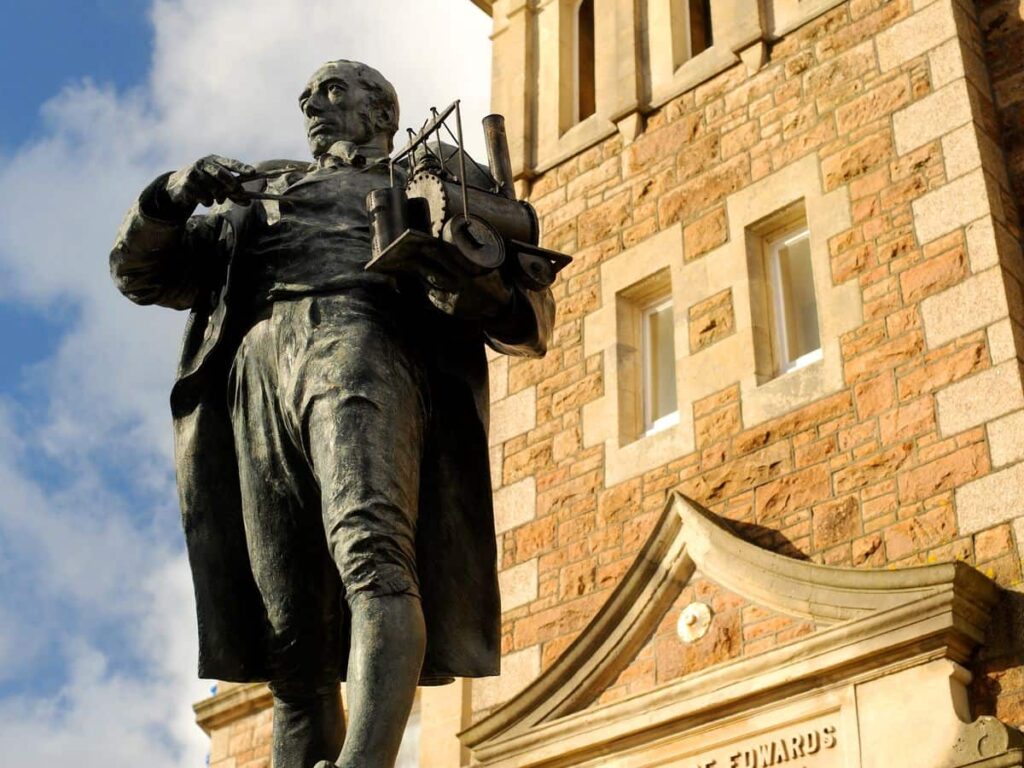Richard Trevithick: Early Life and Inventions in the Steam Engine
Richard Trevithick was the inventor of the first high-pressure steam engine and the first operational steam locomotive.

Richard Trevithick was the inventor of the first high-pressure steam engine and the first operational steam locomotive.

